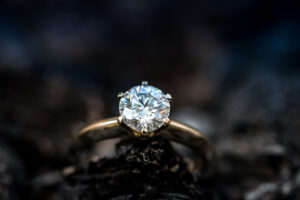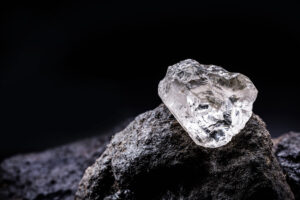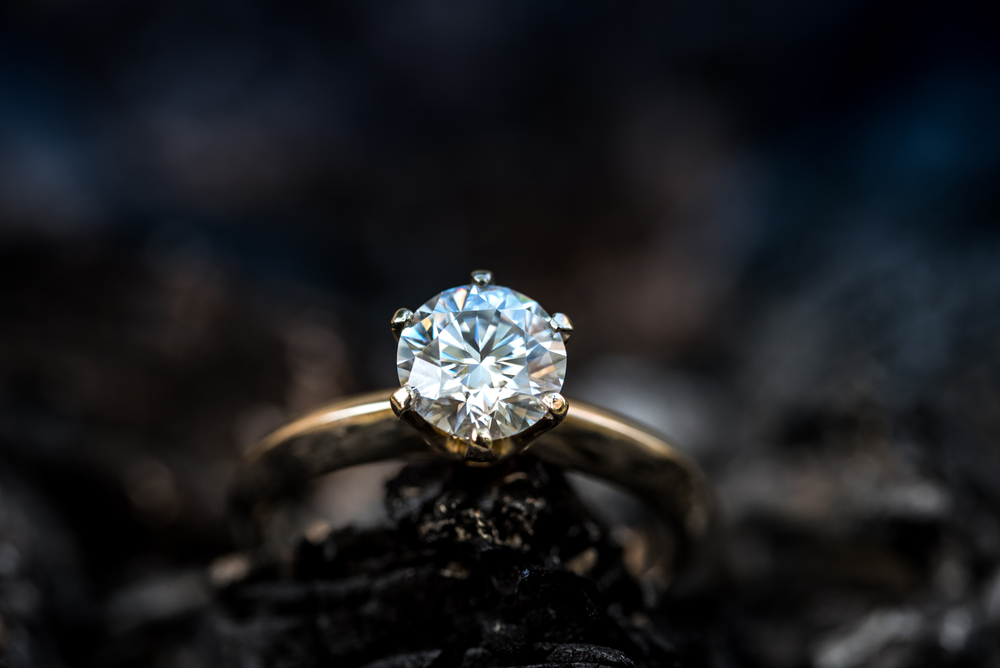
For millennia, diamonds have represented elegance and wealth. However, because natural diamonds are so uncommon and expensive, scientists have created synthetic diamonds as a less expensive substitute. In laboratories, cutting-edge technology is used to imitate the conditions that give rise to real diamonds in order to manufacture artificial ones. Although they can be created in a variety of forms and sizes, these lab-grown diamonds are identical to real diamonds in terms of their chemical makeup and physical characteristics.
Cubic Zirconia: A Popular Choice For Artificial Diamonds
One of the most common materials used to make synthetic diamonds is cubic zirconia. This is due to the structural similarity between cubic zirconia and diamond, as well as the material’s versatility in terms of shape and size. By fusing zirconium oxide and yttrium oxide together at high temperatures, cubic zirconia is made. After that, the crystal is sliced and polished to give it a diamond-like finish. The fact that cubic zirconia is less costly than other materials makes using it to make artificial diamonds advantageous. Cubic zirconia is a popular substance used to generate synthetic diamonds for jewelry since it is also more simple to produce in big quantities than other materials.
Shapes Of Artificial Diamonds
Depending on the process employed, artificial diamonds can be manufactured in a range of forms and sizes. The following are some of the most well-liked shapes for synthetic diamonds:
Round Diamonds: Both synthetic and natural diamonds are most frequently cut into round diamonds. This is so that the diamond may reflect light in a way that maximizes its fire and brilliance.
Princess Cut Diamonds: Princess cut diamonds have sharp corners and are square or rectangular in shape. Because it maximizes the number of diamonds that can be cut from a single piece of cubic zirconia, this form is preferred for synthetic diamonds.
Emerald Cut Diamonds: Emerald cut diamonds have long, straight facets that produce a hall of mirrors look. They are rectangular in shape.
Oval Cut Diamonds: Oval cut diamonds have an extended shape that resembles a round diamond.

Since they have the same chemical makeup and physical characteristics as natural diamonds and can be created in a wide range of shapes and sizes, artificial diamonds are a great substitute for natural diamonds. In contrast to other materials, cubic zirconia is less expensive and simpler to manufacture in large quantities, making it a popular material for making synthetic diamonds. Whatever type of cut you prefer—round, princess, emerald, or oval—there is an artificial diamond that will satisfy your requirements and go above and beyond your expectations.
